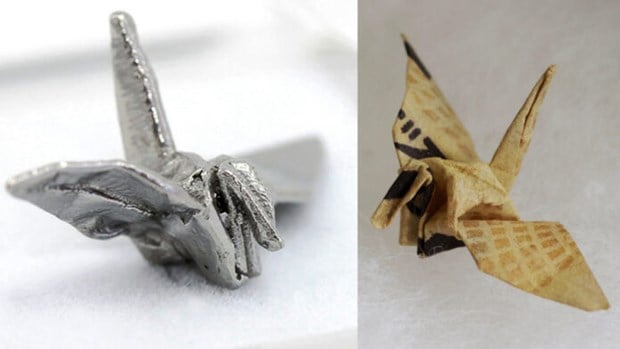
Sadako Sasaki was a 12-year-old Japanese girl who died of leukemia due to radiation exposure from the atomic bomb dropped on Hiroshima by the United States in 1945.
She is remembered as a symbol of hope for leukemia patients in general and those exposed to radiation in particular in Japan and around the world , for folding more than 1,000 origami cranes on her hospital bed in the belief that they would help her recover.
Now, Sadako Sasaki's 81-year-old brother, Masahiro, and other relatives are preparing to submit 1,000 paper cranes and other artifacts, including Sadako Sasaki's handwritten notes, to UNESCO for inclusion in the Memory of the World Register in 2025, the 80th anniversary of the end of World War II.
The name Sadako Sasaki has been associated with the atomic bomb disaster in Japan in 1945. When the atomic bomb fell on Hiroshima, Sadako was only 2 years old. Although she did not suffer any injuries, she was exposed to radiation.
Nine years later, in the fall of 1954, Sadako's body showed signs of illness, and in February of the following year, the 12-year-old girl was diagnosed with leukemia and was hospitalized for treatment.
While being treated in the hospital, Sadako heard the folk tale of folding 1,000 paper cranes to make a wish come true.
With the wish to regain her health and return home, Sadako persevered and folded more than 1,000 paper cranes. However, her wish did not come true and Sadako could not survive after 8 months of hospitalization. She passed away on October 25, 1955.
“Memory of the World Register” is an initiative launched by UNESCO in 1997 to preserve the world's precious documentary heritage.
Sadako's nephew Yuji said the idea was sparked after learning that the diary of Jewish girl Anne Frank - who wrote down her life story while hiding from the Nazis in the 1940s - was also included in UNESCO's "Memory of the World Register".
According to Sadako's relatives, the paper cranes are complex 3-dimensional objects, not ordinary archives, so to be included in the above list, they must be submitted with the girl's notes.
According to the Ministry of Education , Culture, Sports, Science and Technology of Japan, the evaluation and review of submitted dossiers is conducted every 2 years. Therefore, countries can submit 2 dossiers for UNESCO consideration.
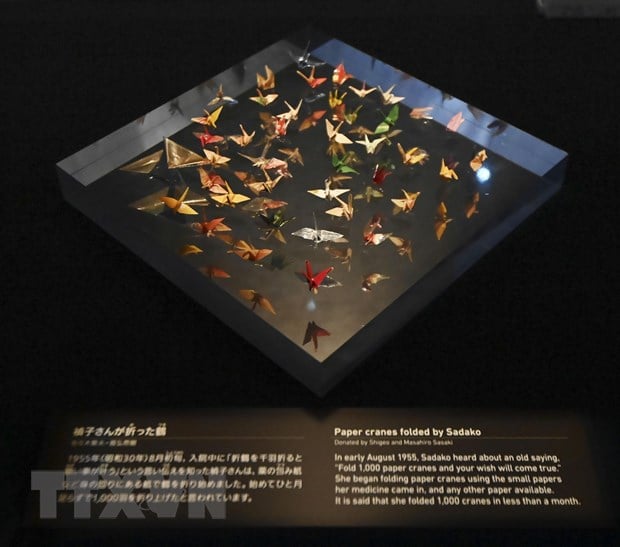
In Japan, Sadako's story has become a special legacy. After her death, Sadako's story has inspired many books and films. At the same time, the paper crane has become a symbol of the spirit of anti-war and nuclear weapons as well as the desire for peace of the Japanese people in particular and people around the world in general.
After Sadako's death, her classmates came up with the idea of building a monument dedicated to her and all the other children who died as a result of the atomic bombing.
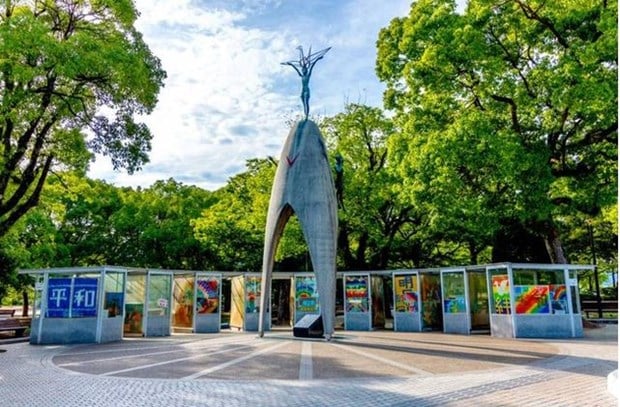
In 1958, the Children's Peace Monument, also known as the “Senbazuru Tower” (thousand cranes), was erected in the western Japanese city's Peace Memorial Park with a statue of a girl modeled after Sadako.
The monument is 9 meters high, and at the top is a bronze statue of a girl holding a paper crane, expressing her dream of a peaceful future. Below the statue is the inscription: “These are our tears. This is our prayer. Peace will come to this world.”
Every year, on the anniversary of the US dropping the atomic bomb on Hiroshima, Japanese children are often told the story of Sadako to remind them of her love of life as well as the dangers of nuclear weapons in the world.
Folding paper cranes and placing them at the foot of monuments to pray for peace has become a tradition not only for Japanese children but also a symbol of peace around the world.
To this day, paper cranes continue to be folded and sent from all over the world to be placed at the foot of the Children's Peace Monument./
(Vietnam+)
Source





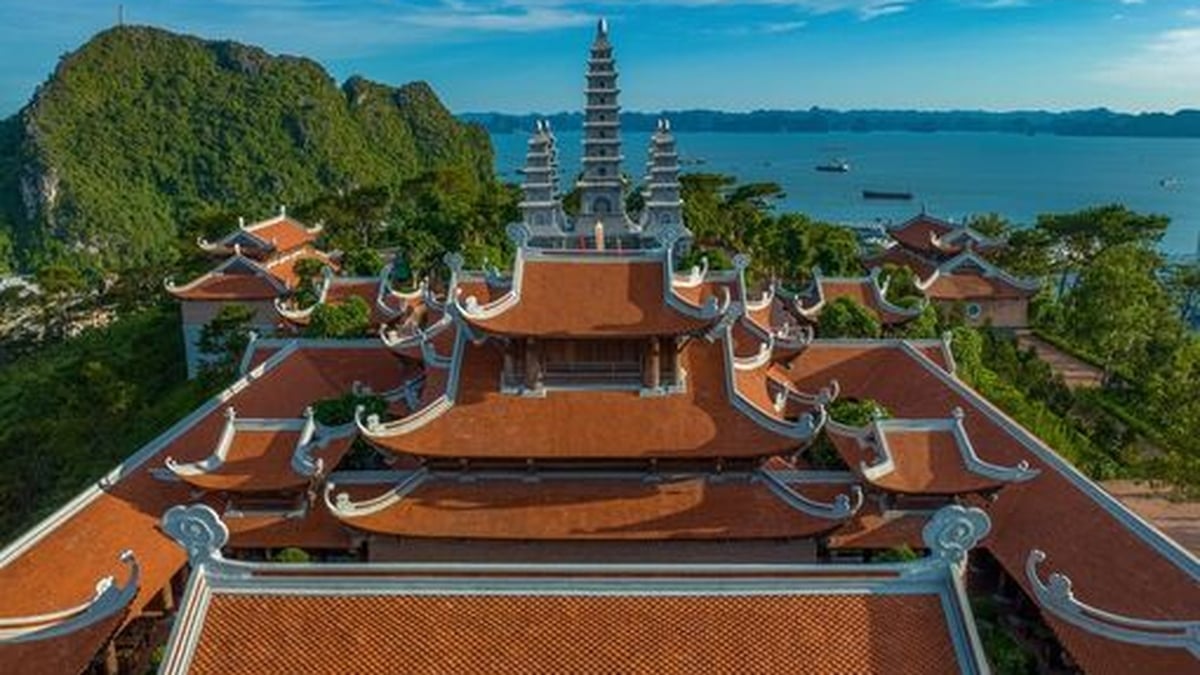
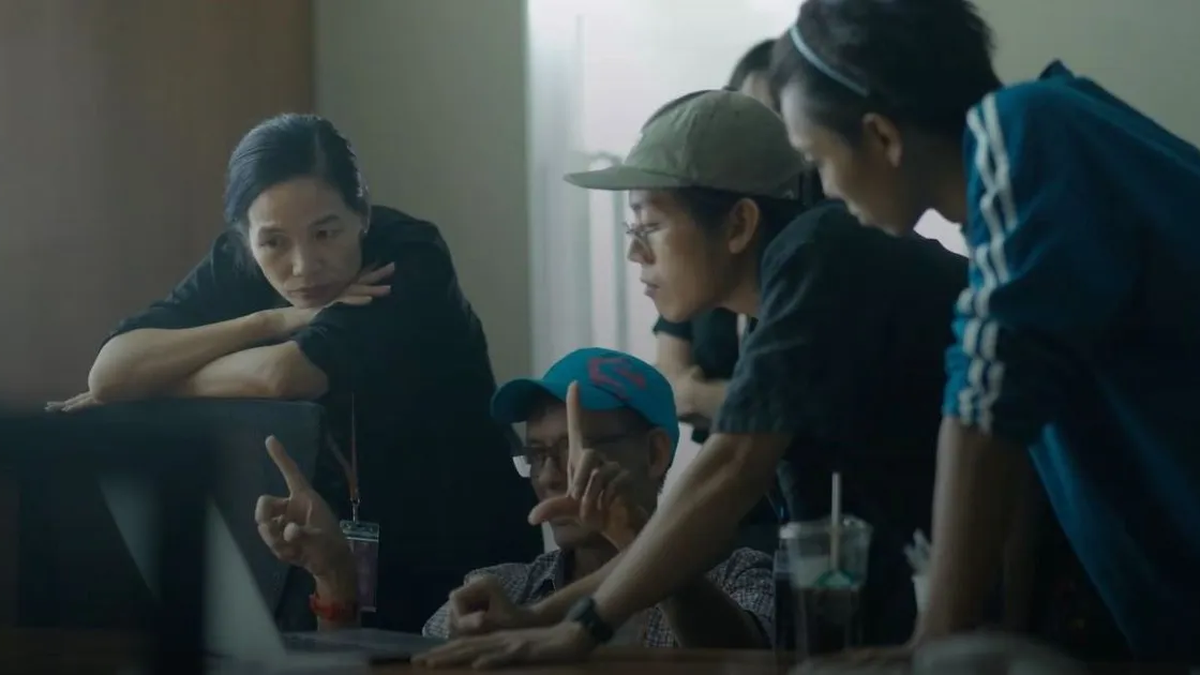

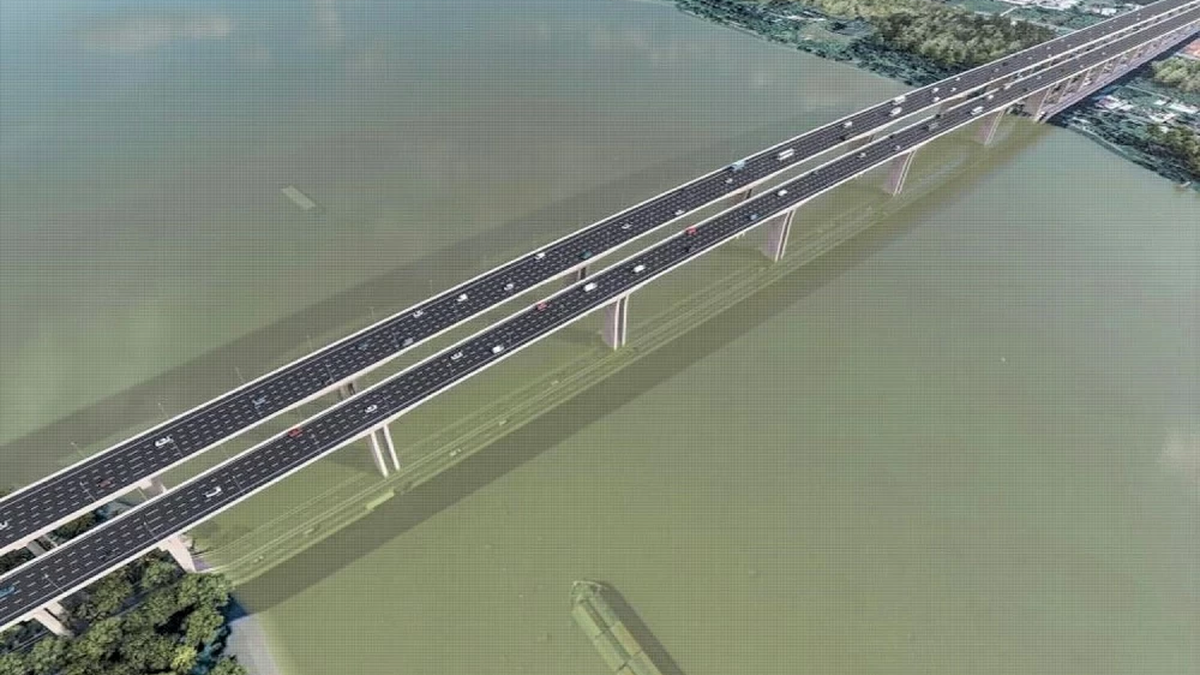
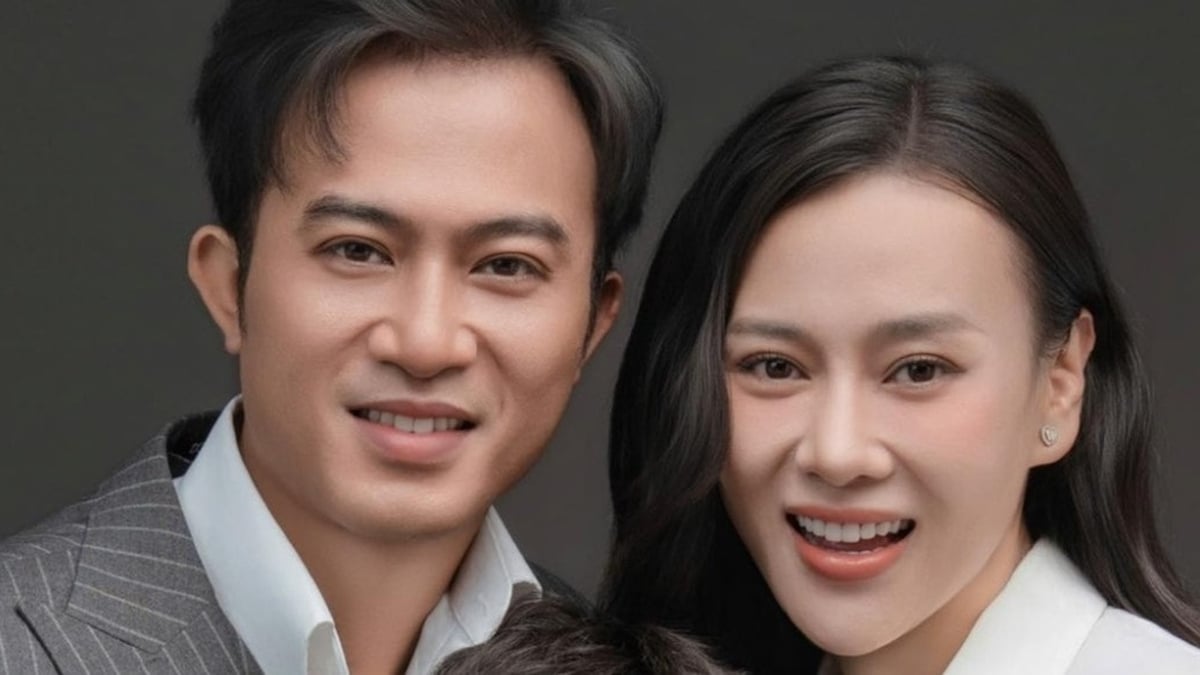

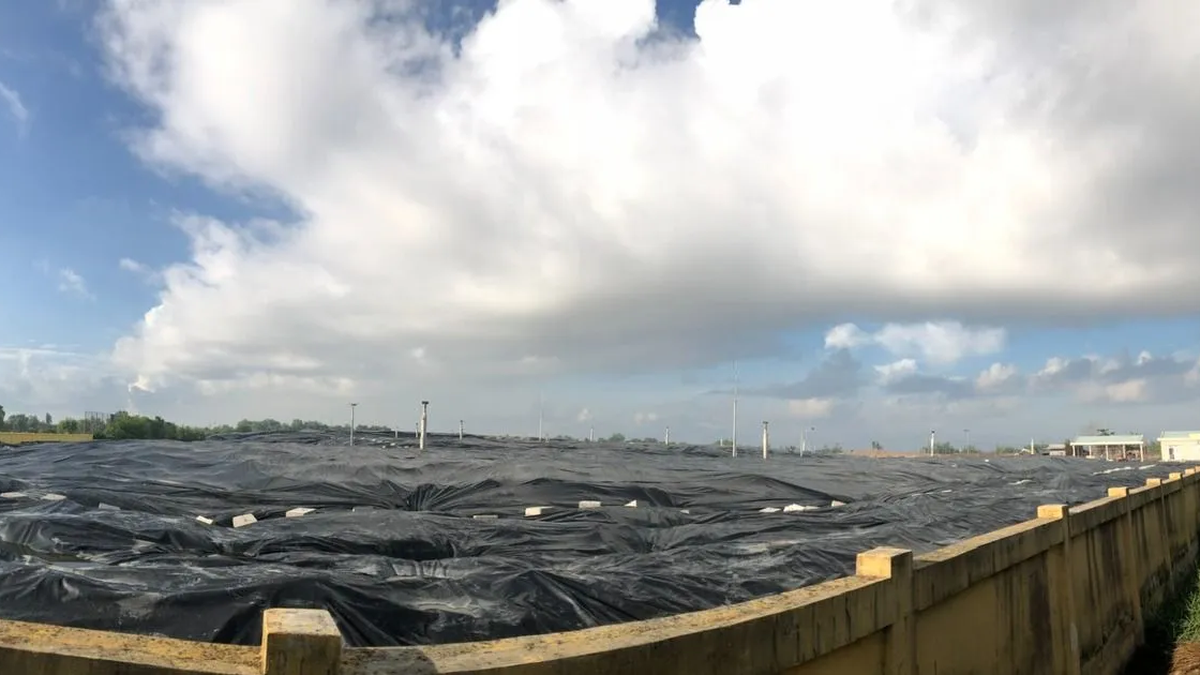










![[Photo] National Assembly Chairman attends the seminar "Building and operating an international financial center and recommendations for Vietnam"](https://vphoto.vietnam.vn/thumb/1200x675/vietnam/resource/IMAGE/2025/7/28/76393436936e457db31ec84433289f72)











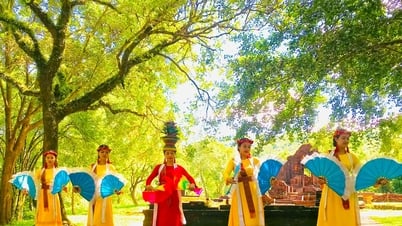

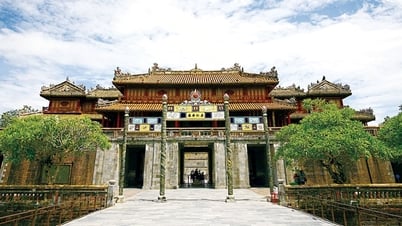

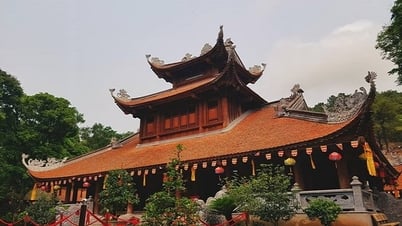





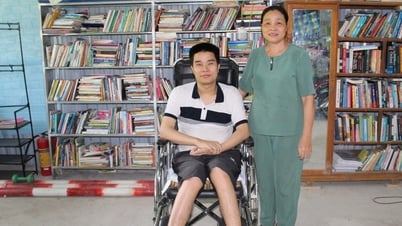

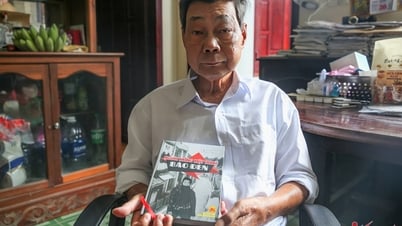

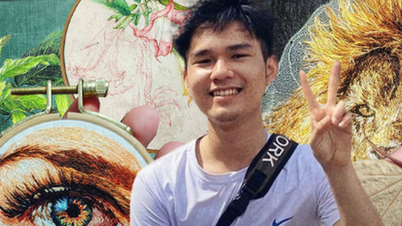

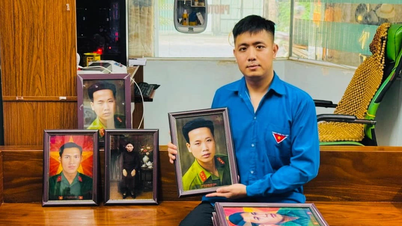


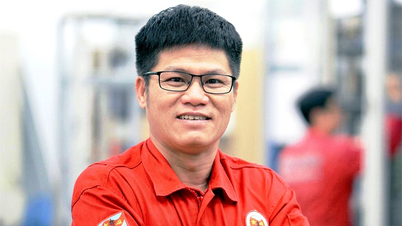










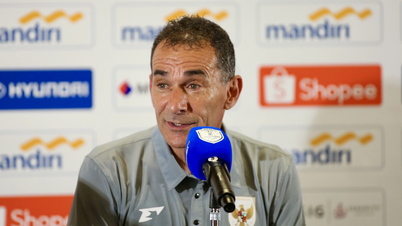
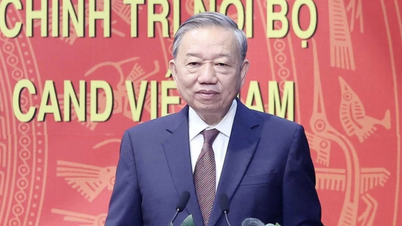

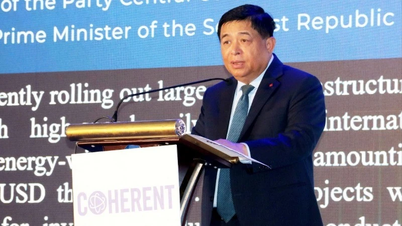

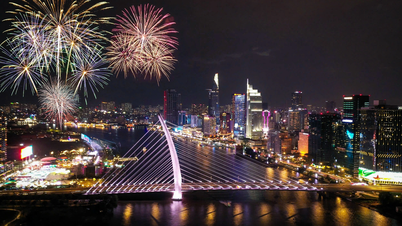
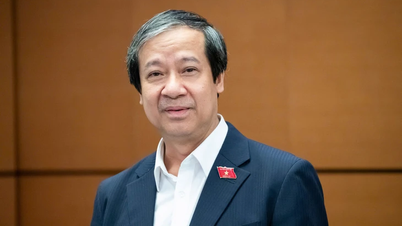


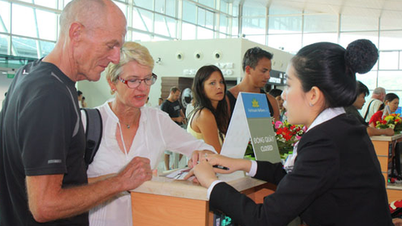
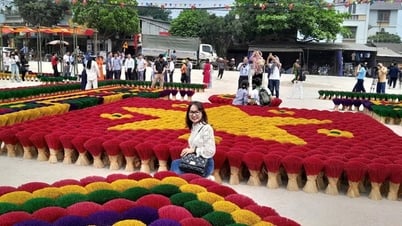

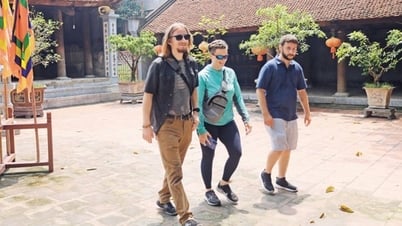



















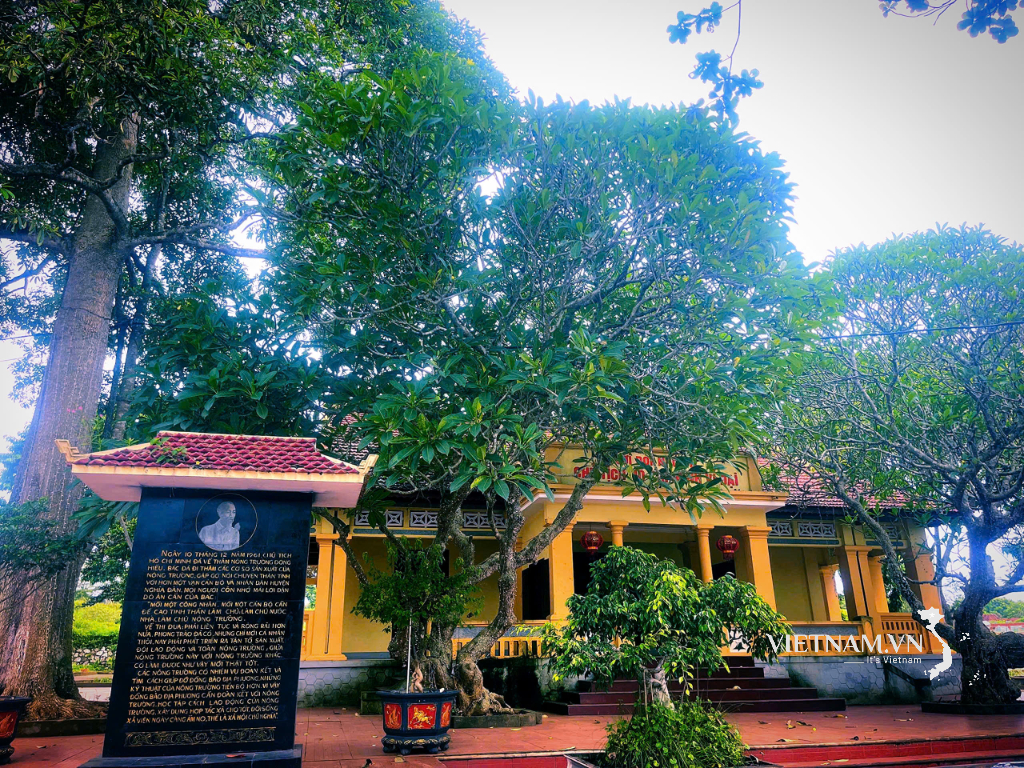
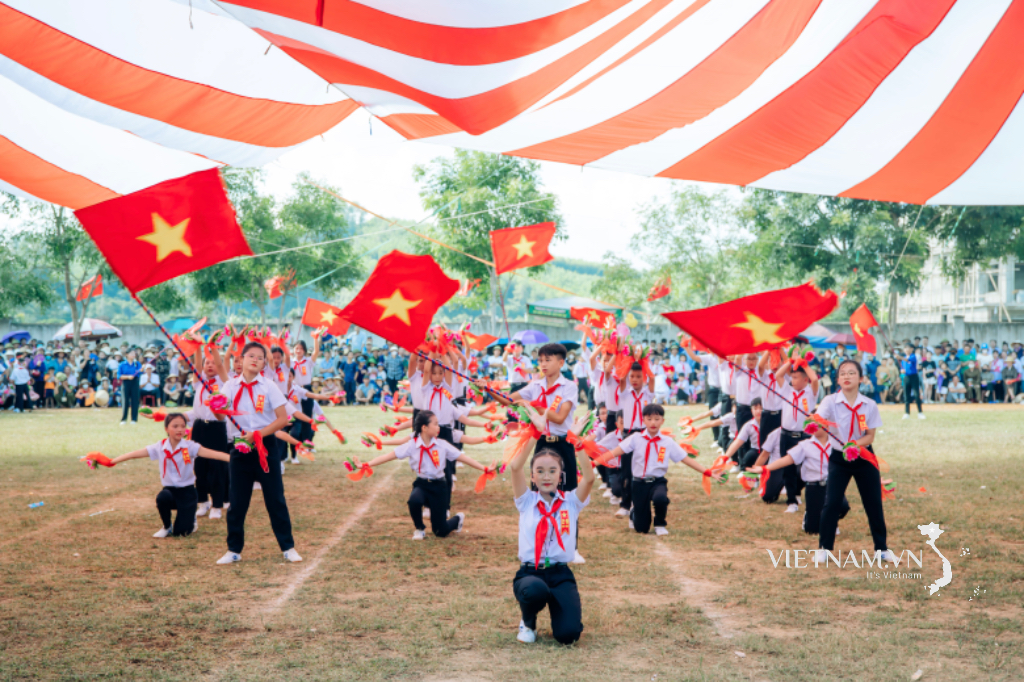


Comment (0)